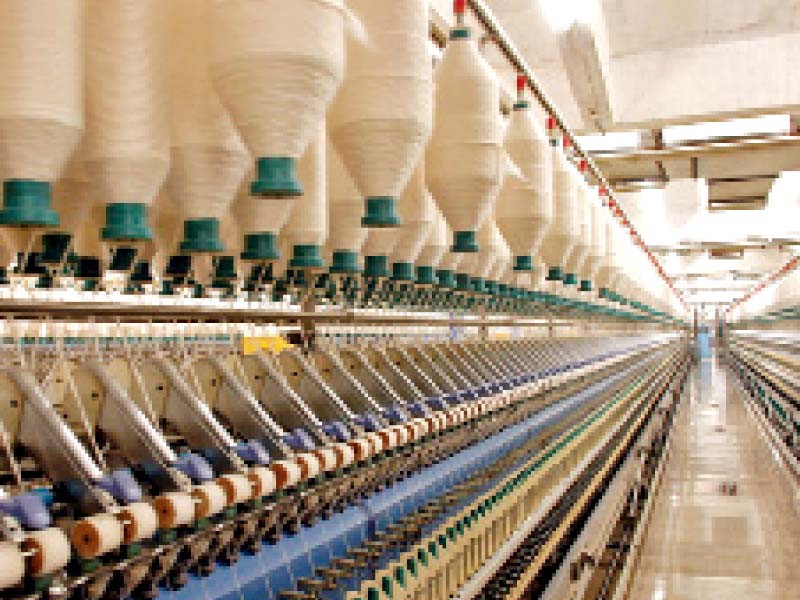
In the subsidies that we have budgeted for 2021-22, we can run the entire civilian federal government in Pakistan and can still save! Total expenditure estimated for running the civilian federal government in 2021-22 was Rs479 billion, whereas the government allocated Rs682 billion for subsidies, of which 87% belongs to the power sector.
The government has already spent Rs575 billion till March 2022. In addition to the budgeted subsidies, the previous government announced a freeze on petroleum prices till June. It is estimated that the government will pay Rs293 billion to oil marketing companies for this subsidy, which was not part of the budget. Moreover, the foregone revenue in the form of petroleum development levy (PDL) will be Rs485 billion, thus taking the price tag of petroleum price freeze to a staggering Rs778 billion.
If we add the budgeted subsidies of Rs682 billion and non-budgeted subsidies and revenue loss of Rs778 billion, we can see that the subsidies will cost Rs1,460 billion by the end of current fiscal year. Our current budget is Rs5,209 billion. When we take out debt repayment from the current budget, this amount of Rs1,460 billion will be equal to 47% of the total current budget that Pakistan has planned for this year. One can run three civilian federal governments with this amount.
At the risk of simplification, this Rs1,460 billion of “welfare” spending has its origins in two decisions. One reason is petrol price differential, and second reason is power price differential. There are subsidies on food items as well, which I am not including here. In other words, our government is claiming to protect us from full market payment for using electricity and petroleum. Subsidies are always packaged as welfare. But in reality, subsidies do not help those for whom they are announced, and the opportunity cost of the subsidies is huge.
The electricity subsidy, known as tariff differential subsidy, has its roots in many factors but two of them stand out – expensive fuel mix and poor governance of the sector, which is visible in line losses. As a clear proof, there seems no respite from the ever-growing circular debt, which has gone up to Rs2.5 trillion. One should also look into the guaranteed return on equity that we have offered to power producers.
A study by PIDE (2019) shows that over 2007-17, the government of Pakistan has paid more than Rs1 trillion as tariff differential subsidy (TDS) to safeguard the masses against the increasing generation cost of electricity. However, TDS, being an untargeted subsidy, is not only piling the financial burden but also resulting in welfare loss. The main issue with the removal of these power subsidies is that it will be another perverse incentive for the government-controlled distribution companies.
Consumers will continue to pay heavily for these inefficiencies. Therefore, I see justification in maintaining some level of electricity subsidies, particularly for lifeline households as well as farmers in remote areas like Balochistan. On the other hand, there was no reason to freeze the petroleum prices, as consumers had adjusted to the fluctuating prices, largely following international trends. Of course, the government may reduce the net cost by withdrawing or reducing PDL without tinkering with the price as such.
This is one case, where the previous government clearly erred, and the new government continues to do so. As a matter of fact, by subsidising petrol, we have induced irrationality in consumers. We are telling them that they can consume as much as they want. If prices go up and incomes are fixed, consumers can take measures to reduce their fuel expenditure, say by car-pooling or other means. Given the pending seventh IMF review, there is no choice for the government but to reverse the fuel subsidies, which were not part of the budget.
It must re-align local prices with international prices immediately. After maintaining them for four months, the accumulative shock on the consumers will be very painful. The leadership should be ready to spend its political capital on educating the masses about the corrective action. The cost of not taking this corrective action may be unaffordable. In fact, if this fuel subsidy continues, the government will find it more difficult to fund it, which will lead to supply restrictions. The absence of fuel or long queues on gas stations will certainly be worse optics for a political government than the expensive fuel, which is still available. Not all subsides are equally bad, but we may be better off by re-appropriating some subsidies for the government itself.
In the next budget, the government should reduce subsidies by half, and, instead, spend this amount on improving the incentive structure for better hiring and service delivery. An efficient and transparent government can offer rewards to all, as it becomes a public good. On the other hand, the untargeted fuel and power subsidies are likely to benefit the rich far more than the poor and must be discontinued.
THE WRITER IS FOUNDER AND EXECUTIVE DIRECTOR OF PRIME, AN INDEPENDENT ECONOMIC POLICY THINK TANK BASED IN ISLAMABAD


1732274008-0/Ariana-Grande-and-Kristin-Chenoweth-(1)1732274008-0-165x106.webp)















COMMENTS
Comments are moderated and generally will be posted if they are on-topic and not abusive.
For more information, please see our Comments FAQ